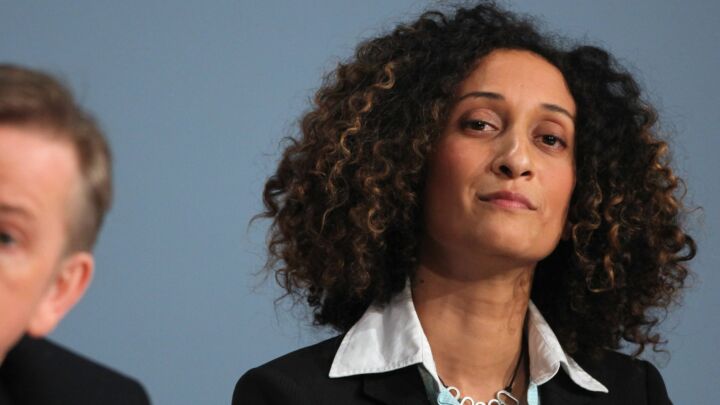Australia: sorting the wheat from the chaff
In trying to give a representative sweep of Australia's artistic evolution, some of the nation's true masterpieces are lost in the shuffle.

Attempting to exhibit the evolution of Australian art is a tricky business. Since James Cook first sailed into Sydney in 1770, the list of ambitious pioneers to have ventured into the red continent in search of civilisation, only to perish of dehydration (after almost unanimously drinking their own urine), is seemingly endless, and the project of collecting its cultural volume is similarly perilous. In all, the Royal Academy’s Australia is an exhibition which succeeds in being representative of Australia’s sprawling artistic history, though often at the expense of highlighting the real masterpieces.
The exhibition begins with Shaun Gladwell’s Approach to Mundi Mundi, a short film of the artist riding his motorbike through the outback, arms outstretched like Christ. The piece sets the tone for embracing the Australian outback and pioneering through its seemingly endless plains.
This leads into the second room and the exhibition’s largest display of work by aboriginal artists. Incorporating several modern works from this ever-evolving tradition, it’s a bit of a mixed bag, failing to track a representative history of the artform, but it’s certainly not deserving of the harsh criticism this part of the exhibition has attracted. ‘Stale rejiggings of a half-remembered heritage’ was the Evening Standard’s response, reflecting the widespread sentiment that aboriginal art is illegitimate if not scrawled on the walls of caves in kangaroo dung.
As you move on, it becomes clear that the early days of colonial Australian art were not its finest, predominately made up of botanists’ depictions of the flora and fauna. However, the historical significance of these pieces shouldn’t be underestimated. Neither should their significance in influencing the generation of artists who followed them.
From the mid-colonial era to the 1940s, there’s a distinct impression of the nation’s artform finding its feet. Eugene Von Guerard imbues his landscapes, which had become a fairly bland form in the early nineteenth century, with an invigorating romanticism. As is unfortunately the norm with the exhibition, the wheat is flanked by the chaff, but gems like Tom Roberts’ A Break Away! still shine through.
The exhibition tracks the development of Australian art against parallel movements in Europe up to the 1940s, but from there on there is the distinct impression of the nation carving out its own identity. One stand-out from this section is Sidney Nolan’s Ned Kelly series, in which not only does a distinctive style seem to emerge, but a narrative of Australia’s own heroes – its own folklore removed from the shackles of its colonial past.
Alas, the contemporary components of the exhibition are somewhat uninspiring – a mix-media array of video art and photography. Although Tracey Moffatt’s Up in the Sky is striking in that its one of the most political pieces on show, these modern additions pale in comparison with the great works which precede them.
In this exhibition’s efforts to attempt a representative sweep of Australian art, the nation’s great, defining pieces get a little lost in the shuffle. However, with so few exhibitions showcasing Australia’s cultural wealth in the UK, Australia is still something to celebrate.
Ed Noel is the schools and alumni coordinator for the Debating Matters Competition.
Australia is at the Royal Academy of Arts until 8 December 2013.
To enquire about republishing spiked’s content, a right to reply or to request a correction, please contact the managing editor, Viv Regan.








Comments
Want to join the conversation?
Only spiked supporters and patrons, who donate regularly to us, can comment on our articles.